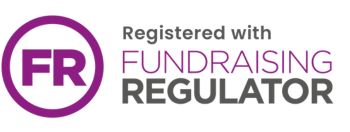Although the consequences of stroke can be devastating, many patients show varying degrees of spontaneous recovery. This can be improved with rehabilitation, allowing patients to regain their quality of life. Recovery after stroke is attributed to brain plasticity, and the ability for brain circuits to be 'remapped'. The Murphy and Corbett review cited above also evaluated the evidence for this remarkable ability.
The review looks at studies revealing that stroke recovery is based on both structural and functional changes in brain circuits. There are two main principles which form the basis for these changes. Firstly, regions of the brain are extensively connected to many other areas. Many of these connections are seldom used unless they have to be. Therefore, intact connections can often compensate for damaged ones. Secondly, completely new circuits can be created by the formation of new connections between brain cells.
During ischaemic stroke, blood supply is interrupted or cut off within a specific region. While these cells undergo neural death which is irreversible, they are bordered by relatively undamaged areas of cortex, which then reorganise themselves to compensate for loss of function.
Animal models of stroke have helped to demonstrate how this remodelling is based on competition for territory between the partially damaged cortex and healthy adjacent tissues. These areas compete to take over the activity of the region damaged by the stroke. In the case of larger strokes, as adjacent tissues may also be affected, this competition is spread over more distantly-connected sites.
Understanding the circuits that alter after stroke can help to inform improvements in stroke rehabilitation. The idea of competition between healthy and partially-damaged tissue highlights once again how the different parts of the brain work together, not only to function but also to recover. The findings also demonstrate the importance of early rehabilitation in order to encourage these natural recovery mechanisms as much as possible.
Reference
Murphy TH, Corbett D (2009) Plasticity during stroke recovery: from synapse to behaviour. Nature Reviews, 10: 861-872.
Back









